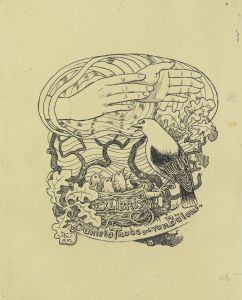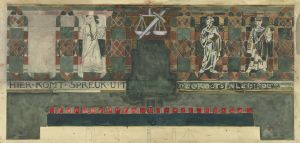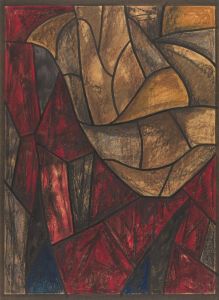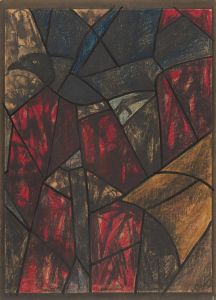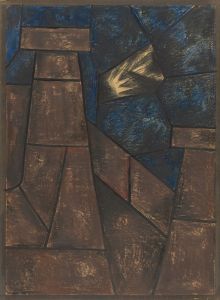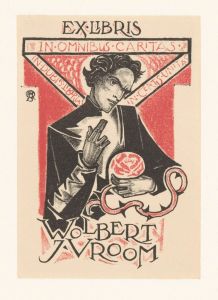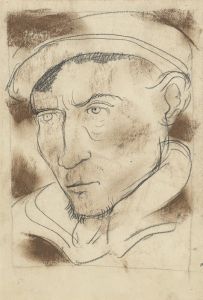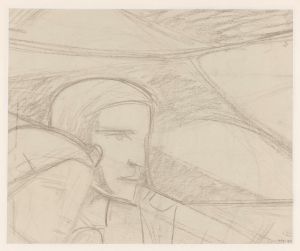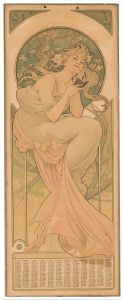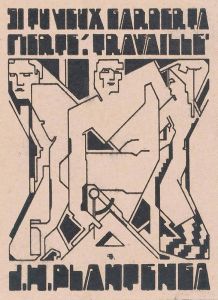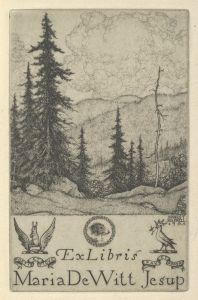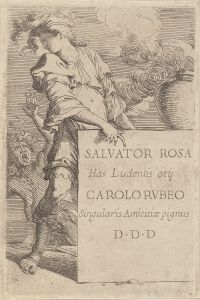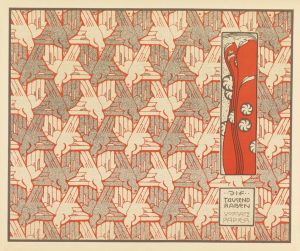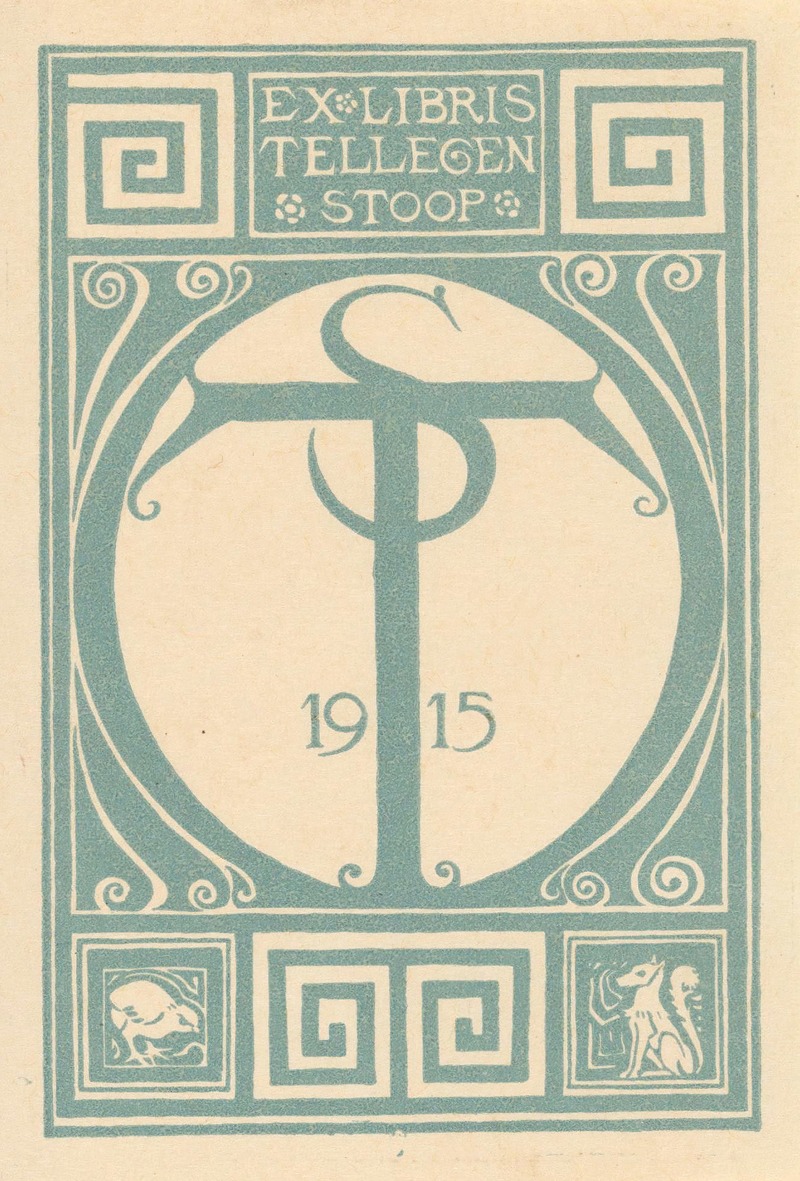
Ex libris van Tellegen-Stoop
A hand-painted replica of Richard Nicolaüs Roland Holst’s masterpiece Ex libris van Tellegen-Stoop, meticulously crafted by professional artists to capture the true essence of the original. Each piece is created with museum-quality canvas and rare mineral pigments, carefully painted by experienced artists with delicate brushstrokes and rich, layered colors to perfectly recreate the texture of the original artwork. Unlike machine-printed reproductions, this hand-painted version brings the painting to life, infused with the artist’s emotions and skill in every stroke. Whether for personal collection or home decoration, it instantly elevates the artistic atmosphere of any space.
Richard Nicolaüs Roland Holst (1868–1938) was a prominent Dutch artist, designer, and writer associated with the Arts and Crafts movement in the Netherlands. Among his diverse body of work, he created numerous bookplates, also known as ex libris, which were small, decorative labels placed inside books to indicate ownership. One such work is the "Ex libris van Tellegen-Stoop," a bookplate designed for a member of the Tellegen-Stoop family.
The "Ex libris van Tellegen-Stoop" reflects Roland Holst's characteristic style, which often combined elements of symbolism, Art Nouveau, and Arts and Crafts aesthetics. His designs were known for their intricate line work, harmonious compositions, and the integration of text and imagery. Bookplates like this one were not merely functional but also served as personal artistic expressions, often tailored to reflect the identity, interests, or values of the book's owner.
Roland Holst was deeply influenced by the social and artistic ideals of his time. He believed in the unity of art and life, a principle that guided much of his work. As a member of the Dutch Workers' League for Art (Nederlandse Werkliedenverbond Patrimonium), he sought to make art accessible and meaningful to a broader audience. His bookplates, including the "Ex libris van Tellegen-Stoop," exemplify this philosophy by transforming a utilitarian object into a work of art.
The specific details about the Tellegen-Stoop family or the circumstances under which this bookplate was commissioned are not widely documented. However, it is known that Roland Holst often collaborated with individuals and organizations that shared his interest in literature, education, and cultural enrichment. His bookplates were typically designed with careful attention to the preferences and background of the client, making each piece unique.
Today, Roland Holst's bookplates are appreciated not only for their artistic merit but also as historical artifacts that provide insight into the cultural and intellectual milieu of early 20th-century Europe. The "Ex libris van Tellegen-Stoop" is a testament to his skill as a designer and his commitment to creating art that was both beautiful and functional.





